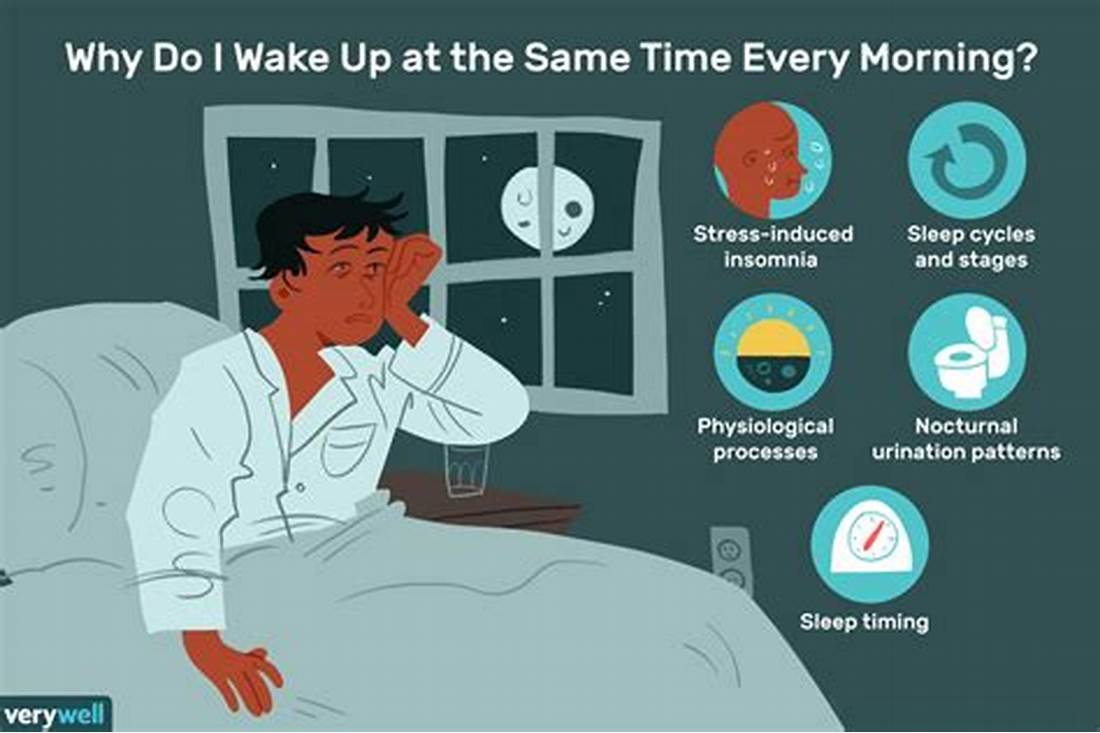Telemedicine innovations are revolutionizing healthcare, making it more accessible, efficient, and convenient for patients around the globe. As technology advances, telemedicine has expanded beyond simple video consultations, offering a variety of tools and services that improve healthcare delivery. These innovations bridge the gap between patients and providers, especially in rural or underserved areas, providing timely care and reducing the need for in-person visits. With the rapid evolution of telemedicine, the future of healthcare is set to become even more personalized and effective.

How Telemedicine Innovations Are Changing Patient Care
Telemedicine innovations have significantly transformed the way patients receive care. One of the most notable advancements is the widespread use of video consultations, which allow patients to connect with healthcare professionals remotely. This approach eliminates the need for travel, long waiting times, and crowded waiting rooms, providing a more comfortable and convenient experience. In addition, it allows people in remote areas or those with mobility issues to access healthcare more easily.
Another key innovation in telemedicine is remote patient monitoring (RPM). RPM uses wearable devices and sensors to track patients’ vital signs and health data in real time, sending this information to healthcare providers. For instance, patients with chronic conditions like diabetes or hypertension can wear devices that continuously monitor their blood sugar levels or blood pressure. This constant flow of data allows doctors to make more informed decisions and provide timely interventions, improving patient outcomes and reducing hospital readmissions.
Telemedicine has also made strides in mental health care, with platforms offering virtual therapy sessions, mental health assessments, and medication management. This expansion has made mental health services more accessible to individuals who may have otherwise faced barriers to care, such as geographic location or stigma. For instance, online counseling services provide a private and convenient way for individuals to seek support without leaving their homes, reducing the anxiety associated with visiting a mental health clinic.
Innovative Technologies Enhancing Telemedicine
Advancements in technology are driving telemedicine innovations, making healthcare more efficient and accessible. Artificial intelligence (AI) plays a major role in enhancing telemedicine platforms. AI-powered chatbots, for example, can assist patients by answering common medical questions, scheduling appointments, and even triaging symptoms before a consultation. This innovation reduces the workload for healthcare providers while giving patients faster access to the information they need.
Another major telemedicine innovation is the integration of wearable technology, such as smartwatches and fitness trackers. These devices collect health data like heart rate, activity levels, and sleep patterns, which can be shared with healthcare providers through telemedicine platforms. For example, patients recovering from surgery can use wearable devices to track their recovery progress, alerting their doctors if any issues arise. This seamless connection between patients and providers improves patient care and facilitates quicker interventions when needed.
Remote medicine is also benefiting from advancements in virtual reality (VR) and augmented reality (AR). In some cases, these technologies are being used for virtual physical therapy, where patients can engage in guided exercises through VR platforms. Surgeons can also use AR for remote consultations, where they can guide other surgeons through complex procedures in real time. These technologies enhance telemedicine by providing immersive and interactive healthcare experiences, making it possible to deliver high-quality care remotely.
Conclusion
Telemedicine innovations are reshaping the healthcare landscape, making it more accessible, efficient, and patient-focused. From video consultations to AI-powered platforms and wearable devices, these advancements are revolutionizing the way patients receive care. As technology continues to evolve, telemedicine will become even more personalized and secure, ensuring that patients receive timely and high-quality care regardless of their location. The future of telemedicine is bright, offering innovative solutions that enhance both patient outcomes and healthcare delivery on a global scale.











